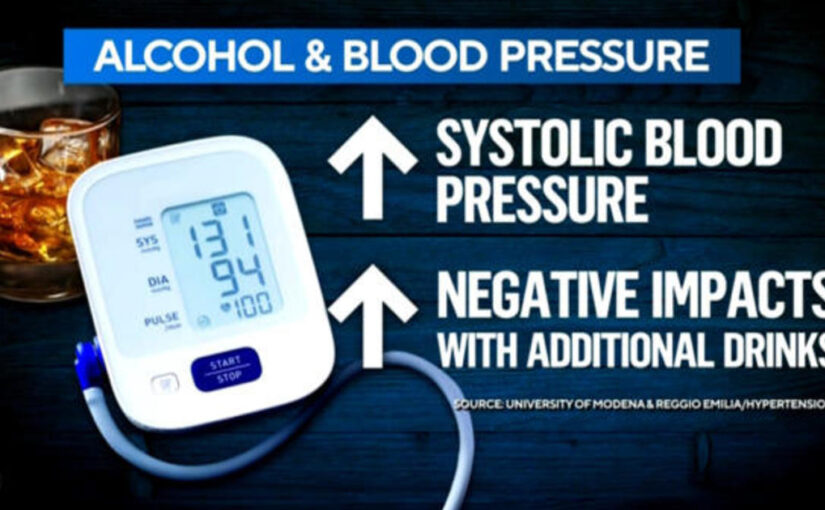
For the millions of people across North America who will be treated to a total solar eclipse on April 8, it will be spectacular show — a chance to see the moon fully obscure the sun’s face.
But for scientists, it is a rare opportunity to study Earth, the moon and the sun “in entirely different ways than we usually do,” said Pam Melroy, NASA’s deputy administrator.
One of the agency’s main priorities will be to observe the sun’s outer atmosphere, or the corona, which normally can’t be seen because the star is too bright. During a total solar eclipse, the corona comes into view as faint wisps around a glowing halo when the moon blocks light from the sun’s surface.
“Things are happening with the corona that we don’t fully understand, and the eclipse gives us a unique opportunity to collect data that may give insights into the future of our star,” Melroy said in a news briefing last week.
Scientists are interested in the corona because it plays a key role in transferring heat and energy into the solar wind, the constant stream of charged particles released from the sun’s outer atmosphere. The solar wind ebbs and flows, occasionally shooting high-powered solar flares into space. These can hit Earth with electromagnetic radiation, which can cause radio blackouts and knock out power grids.
Amir Caspi, a solar astrophysicist at the Southwest Research Institute in Boulder, Colorado, has an instrument installed in the nose of a WB-57 aircraft that will study the sun’s atmosphere as the plane chases the eclipse.
It’s a golden opportunity, he said, since even the special telescopes that can block out a star’s light, known as coronagraphs, have limitations.
“A total solar eclipse is like nature’s perfect coronagraph,” he said. “The moon comes between us and the sun, and it’s exactly the right size in the sky to block out the disc of the sun but not too much more.”
Caspi will focus on trying to understand the origin of the solar wind. He also hopes to gather clues about a long-standing mystery: why the corona is millions of degrees hotter than the surface of the sun.
He pioneered this method of imaging the sun’s corona in 2017, during the last total solar eclipse to cross the continental U.S.
“We didn’t know what we would get,” he said. “It was nail-biting for quite some time, and then we got amazing data. I could see it coming down off the live satellite feed.”
The WB-57 plane can fly at an altitude of 60,000 feet, well above any clouds and high enough that Earth’s atmosphere won’t interfere as much with the observations.
Many researchers plan to gather data about the sun’s atmosphere from other vantage points during the eclipse, including from space.
Several spacecraft, including NASA’s Parker Solar Probe, will have their eyes trained on the sun throughout the celestial event. The probe launched in 2018, so it wasn’t available to study the 2017 solar eclipse.
In 2021, the Parker probe became the first spacecraft to fly through the corona, and it has since flown more than a dozen close approaches to “touch” the sun. Due to the timing of its orbit, the probe will not be on a close encounter on April 8. But it will be near enough to the sun to measure and image solar wind as the charged particles stream by, according to Nour Raouafi, the Parker Solar Probe project scientist and an astrophysicist at the Johns Hopkins Applied Physics Laboratory.
Additionally, a spacecraft from the European Space Agency, known as Solar Orbiter, will be circling almost directly above the Parker Solar Probe at the time of the eclipse. Together, the observatories will tag-team to capture details of the sun’s atmosphere and the solar wind.
“It’s one of the rare occasions that these two spacecraft come so close together,” Raouafi said. “So, we will have a lot of synergies between them, in between all the observation we will do during the eclipse from Earth, which is something totally, totally unprecedented.”
The sun has been ramping up toward a peak in its roughly 11-year cycle of activity, expected in 2025. That means the Parker Solar Probe will have a front-row seat should any eruptions belch from the sun.
There are no guarantees that such outbursts will happen during the eclipse, but Raouafi said measurements of the solar wind from space will still be crucial to understanding the effects of the sun’s activity on Earth.
“These are the drivers of space weather, and the probe is probably the best tool we have out there, the best spacecraft mission we have out there, to help us understand that,” he said. “And the way to do it? Let’s hope for the sun to give us the biggest show it can produce.”




























